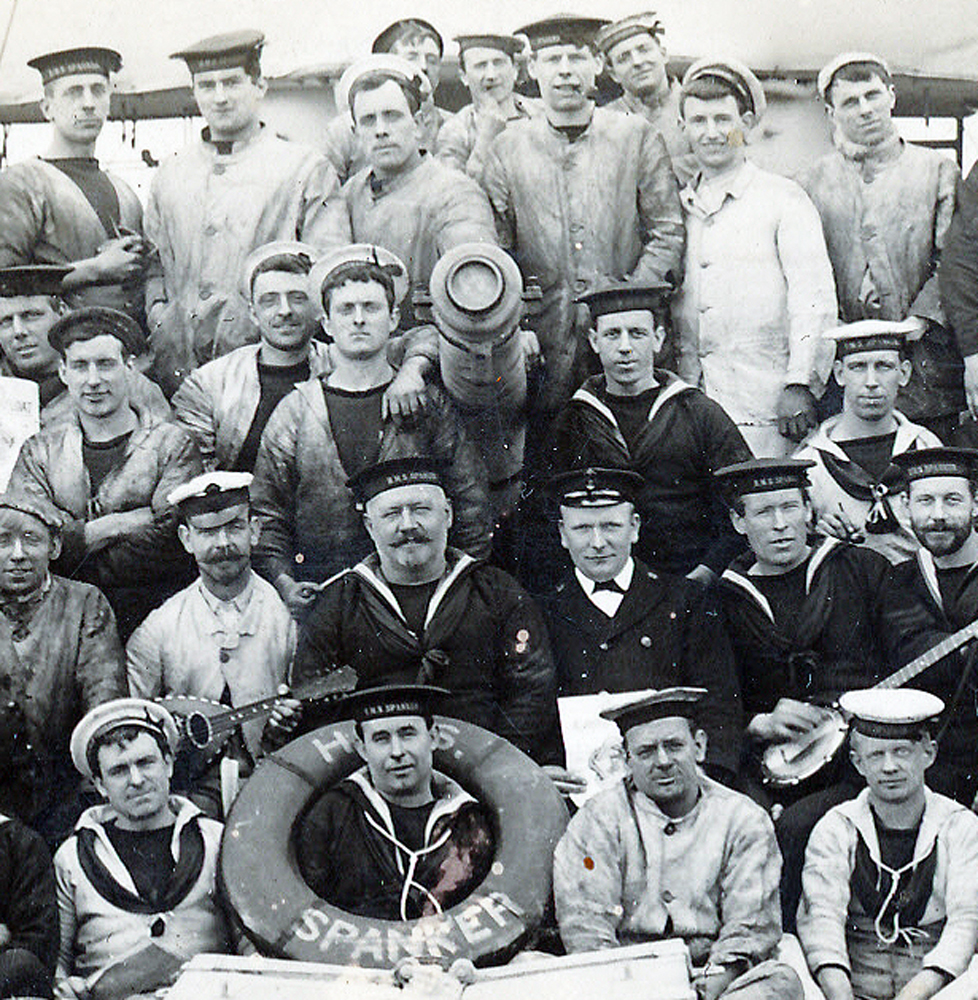0900 Hours, 22 November 1942, Port Blair, Andaman Islands – As the RAF squadrons from Akyab approached Port Blair the Japanese were scrambling to reconstitute their combat air patrol to keep coverage over the surviving merchant ships. The earlier strike was obviously made by carrier-based aircraft but they still expected a visit from land-based bombers as well. Most of the surviving fighters on patrol needed to land due to damage or low fuel states but a single shotai of Zeroes remained in the air although they were low on cannon ammunition while another shotai was in the process of taking off and third shotai was inbound from Mergui but they were not due to arrive for another hour. Patrolling at lower altitudes were two Rufes and two Thai Ki-27s that had just taken off.
Similar to the earlier attack, picket boats provided raid warning and the six Zeroes were able to attack the Wellingtons from head on in two separate groups at 10,000 feet. The Wellingtons were flying in a tight box formation and the Zeroes were met by a hail of machine gun from the nose mounted guns. One bomber went down after it was hit by several 20mm cannon shells with a Zero joining it in its demise. A second pass by the Zeroes sent another Wellington down in flames with a third falling behind the formation after it lost an engine, its pilot putting his wounded bomber in as steep as dive as dared in an attempt to escape. In return, the RAF gunners claimed a second Zero.
Over 9000 feet below the Wellingtons, the 12 Hudsons of No. 62 Squadron came in low and were almost over the harbor when the two Nates and two Rufes patrolling at lower altitudes spotted them. The fighters dove on the attacking aircraft with the trailing Hudson spinning into the harbor after taking hits from the fighters’ machine guns and 20mm cannons. The Hudsons blazed over the harbor at masthead height, with each plane firing away with its six nose mounted machine guns and dropping ten 40-pound parafrag bombs. The Hudsons did not carry heavy enough armament to sink any ships but they added to the havoc and confusion created by the earlier attack. Additional damage to the freighter Severna Maru caused her to be beached in order to save her cargo while the damaged merchant ship Diestormlie Maru took more hits and the Italian sloop Eritrea and the light cruiser Tuma were also damaged. Anti-aircraft fire winged a Hudson that crashed into warehouse along the waterfront.
While the Hudsons made their attack, the seven remaining Wellingtons dropped a total of 56 500-pound bombs simultaneously over the harbor and the wharf area. Most of the bombs fell into the water but a few bombs hit buildings along the waterfront, adding to the damage caused by the crashed Hudson while the second line destroyer Asagao was a hit by a single bomb and near missed by another and had to be run aground to prevent her from sinking. The Wellingtons shrugged off the light anti-aircraft fire and with their bombs done, they followed the Hudsons back out to sea with a few fighters making a half-hearted attempt at pursuit.
Similar to the earlier attack, picket boats provided raid warning and the six Zeroes were able to attack the Wellingtons from head on in two separate groups at 10,000 feet. The Wellingtons were flying in a tight box formation and the Zeroes were met by a hail of machine gun from the nose mounted guns. One bomber went down after it was hit by several 20mm cannon shells with a Zero joining it in its demise. A second pass by the Zeroes sent another Wellington down in flames with a third falling behind the formation after it lost an engine, its pilot putting his wounded bomber in as steep as dive as dared in an attempt to escape. In return, the RAF gunners claimed a second Zero.
Over 9000 feet below the Wellingtons, the 12 Hudsons of No. 62 Squadron came in low and were almost over the harbor when the two Nates and two Rufes patrolling at lower altitudes spotted them. The fighters dove on the attacking aircraft with the trailing Hudson spinning into the harbor after taking hits from the fighters’ machine guns and 20mm cannons. The Hudsons blazed over the harbor at masthead height, with each plane firing away with its six nose mounted machine guns and dropping ten 40-pound parafrag bombs. The Hudsons did not carry heavy enough armament to sink any ships but they added to the havoc and confusion created by the earlier attack. Additional damage to the freighter Severna Maru caused her to be beached in order to save her cargo while the damaged merchant ship Diestormlie Maru took more hits and the Italian sloop Eritrea and the light cruiser Tuma were also damaged. Anti-aircraft fire winged a Hudson that crashed into warehouse along the waterfront.
While the Hudsons made their attack, the seven remaining Wellingtons dropped a total of 56 500-pound bombs simultaneously over the harbor and the wharf area. Most of the bombs fell into the water but a few bombs hit buildings along the waterfront, adding to the damage caused by the crashed Hudson while the second line destroyer Asagao was a hit by a single bomb and near missed by another and had to be run aground to prevent her from sinking. The Wellingtons shrugged off the light anti-aircraft fire and with their bombs done, they followed the Hudsons back out to sea with a few fighters making a half-hearted attempt at pursuit.
